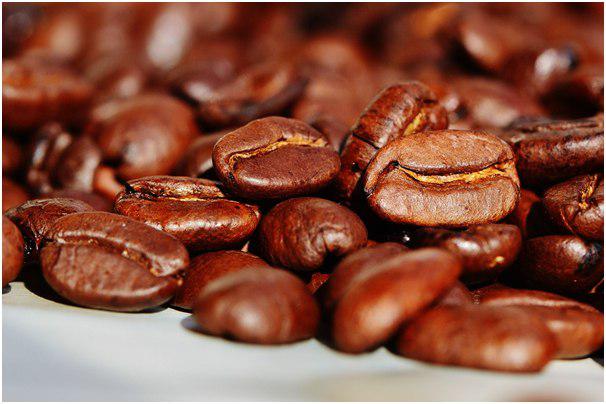Choosing the beans is only half the battle itself. It’s also essential to store them properly just so they don’t lose any of their essential flavors once the brewing is done.
Whether you’re getting your coffee beans from a coffee shop, grocery store, or straight from a roaster, you must know what to look for in a coffee bag. Luckily, we’re here to set the record straight with you. Here is what coffee dorks do to procure the finest coffee beans:
1. Buy Whole Coffee Beans
Freshly ground coffee is always better than pre-ground coffee, not that the latter is bad or anything. But it’s always good to grind beans right before they’re prepped for brewing.
The oils contained within whole beans are what provide your coffee with their beautiful and toasty taste. But if your beans are exposed to air, it will accelerate the oxidation process, causing the beans to lose the oils and ultimately that divine, rich flavor.
2. Check the Roast Date
Coffee beans don’t last forever. Once they leave the roasting process, they start to degas. From that point on, the oils will oxidize and the flavor will diminish over time.
The beans’ freshness is pretty subjective, but we advise you to brew your coffee between 4 days and two weeks since the roasting process or roast date. This is considering the brewing method you choose.
For instance, if you like pour-over coffee, then it’s vital for you to brew the beans within the first week after roasting. It’ll help your coffee get a great bloom.
3. Know a Good Roaster
It’s also essential to know the person who roasts your coffee beans since good roasters have a certain reputation in the coffee community. In fact, the United States hands out a Good Food Award to the best coffee bean roasters.
Knowing your roaster is important as they have their own unique processes of roasting beans. And if the roaster is mentioned on the label, you know you’re getting some high-quality beans.
4. Determine the Origin
The final flavor of a coffee bean is determined by a number of natural factors including rainfall, soil chemistry, altitude, and sunshine. This is why the origin of the beans is yet another crucial aspect.
Coffee trees exist along a line known as the “Bean Belt” which rests between 25° north and 30° south next to the equator. And if your barista or coffee bag can’t tell you where the bean was grown, you may have to go somewhere else.
There are about 50 countries around the world that produce coffee, but it’s best to start off with the more famous ones listed below before you get to know the more exotic varieties:
- Columbia
- Hawaii
- Ethiopia
- Brazil
- Kenya
- Indonesia
Sure there are a plethora of processing techniques and climates, but exploring coffee flavors by region could be quite the exhilarating experience.
5. Inspect the Food Labels
You may have seen some of the Fair Trade labels on some coffee and other products. This is a big deal when it comes to quality coffee beans. So familiarize yourself with some of the following Fair Trade labels:
- Fairtrade International
- Fair Trade Certified
- Fair for Life
- The Fair Trade Federation (FTF)
- World Fair Trade Organization (WTFO)
USDA Organic is another crucial label to get to know. The main focus of this label is to ensure that farmers are doing everything in their power to maintain soil health and local biodiversity without using conventional chemicals. But not every organic product is chemical-free, but the number of chemicals in organic farming is less.
So if you prefer sustainable farming methods, USDA organic is your calling.
